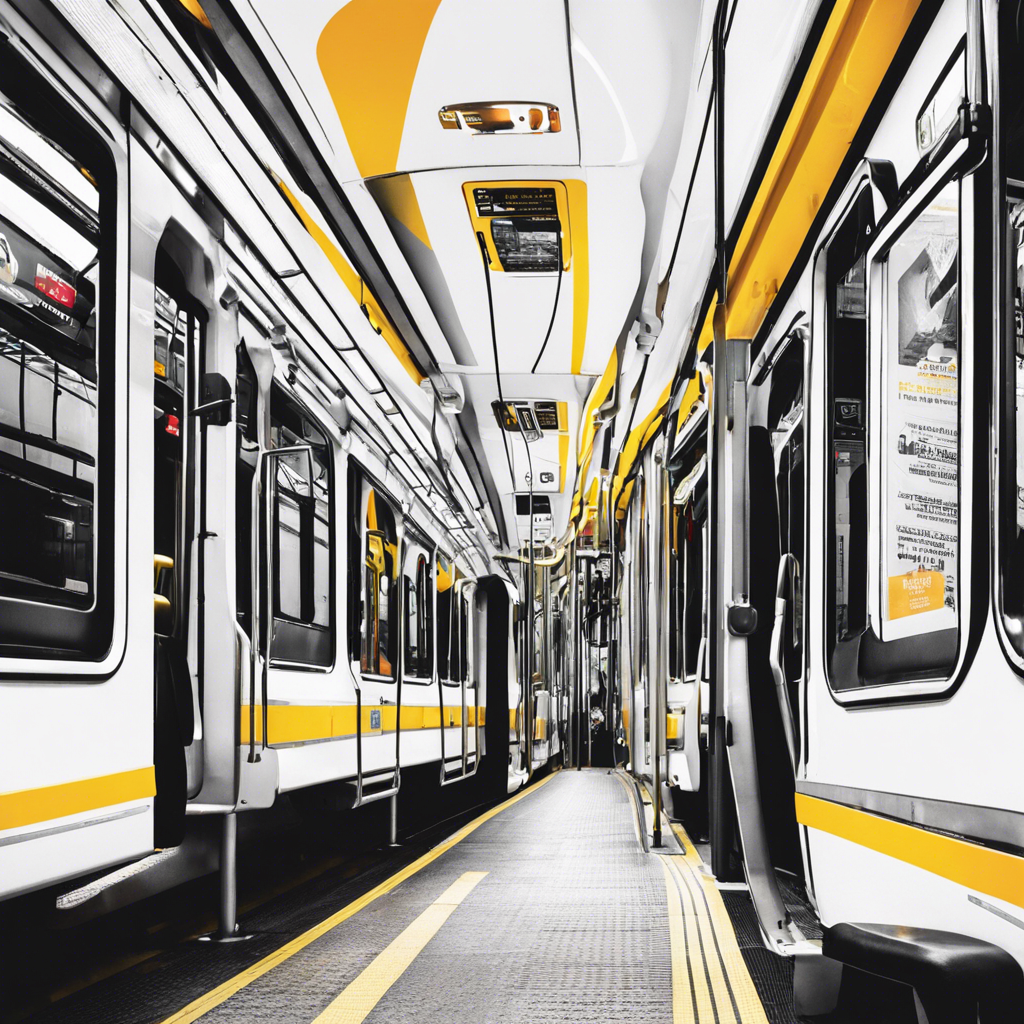Traveling to a new country can be an exciting adventure, but figuring out how to navigate public transportation in an unfamiliar place can be a challenge. Every country has its own unique set of transportation systems and etiquette, and understanding them is key to having a smooth and stress-free journey. So, how can you master the art of getting around in a foreign country?
First and foremost, do your research before you go. Take some time to familiarize yourself with the types of public transportation available in your destination country. This may include buses, trains, subways, trams, or even ferries. Look up maps of the transit systems, schedules, and fare information. Many countries and major cities have official transportation websites or apps that can be incredibly helpful for planning your routes and getting real-time updates on delays or disruptions. Knowing what to expect beforehand will make you feel more confident once you arrive.
When you first arrive in a foreign country, one of the most important things to do is to figure out how to get around. Navigating public transportation in a new place can be a daunting task, especially if you don’t speak the local language. However, with a little preparation and an adventurous spirit, you’ll be riding like a local in no time. It is always a good idea to locate the tourist information booth at the airport or train station. The staff there can provide you with valuable information and tips on the best ways to get around, as well as maps and timetables. They might also offer discounted transit passes exclusively for tourists, which can save you money during your stay.
Another useful tip is to download offline maps and translation apps on your phone before you depart. That way, even if you don’t have internet access, you can still access maps of the area and translate any important transportation-related words or phrases. Additionally, don’t be afraid to ask for help. Local residents are often happy to lend a hand and may even go out of their way to ensure you get to your destination safely. It’s always good to know a few common phrases in the local language, such as “How much does it cost?” or “Where is the nearest bus stop?”
Body language and observation are also powerful tools when navigating public transportation in a foreign country. Pay attention to the behaviors and actions of locals, and try to mimic their actions when purchasing tickets or boarding a bus or train. Additionally, be mindful of cultural differences and local transportation etiquette. For example, in some countries, it is customary to give up your seat to the elderly or pregnant women, while in others, personal space boundaries might be different from what you’re used to. Respecting these differences is an important part of being a responsible traveler.
It’s also worth noting that not all public transportation systems operate in the same way. In some places, you might need to purchase a ticket before boarding, while in others, you may be able to buy a ticket on the bus or train. Some countries even have honor-based systems where you’re trusted to purchase a ticket before boarding, with random checks by transit officials to ensure compliance. Understanding how the system works in your destination country will help you avoid any unintentional mishaps or fines.
Finally, always be aware of your surroundings and keep your valuables secure. Unfortunately, tourists can sometimes be targets for pickpockets and scammers, so it’s essential to stay vigilant. Keep your belongings in a secure bag, preferably one that you can wear across your body, and always be cautious of anyone trying to distract or hinder you. By taking these precautions, you can ensure that your experience navigating public transportation in a foreign country is safe and enjoyable.
Navigating public transportation in a foreign country can certainly be challenging, but it’s also an exciting part of the travel experience. With a bit of preparation, an open mind, and a sense of adventure, you’ll be on your way to discovering new places and immersing yourself in the local culture. So, embrace the challenge, ask for help when needed, and enjoy the journey!
